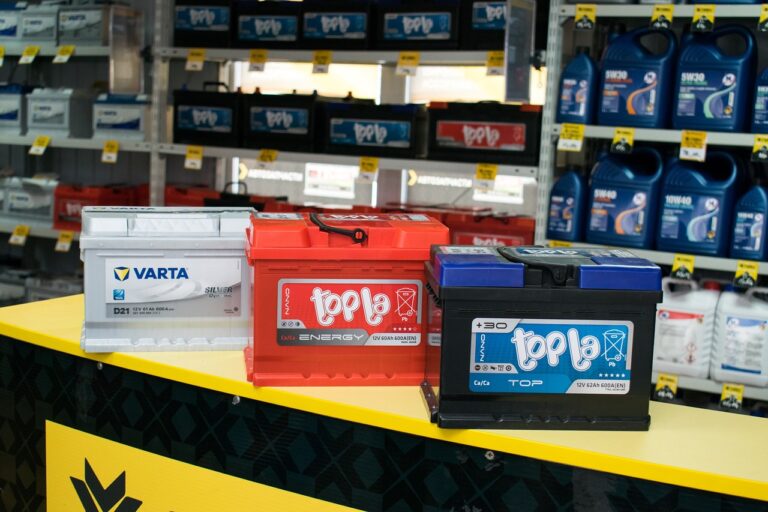The Psychology of Fear-Based Marketing: Leveraging Scarcity and Urgency
Marketing campaigns that leverage the emotion of fear have long been proven to be highly effective in capturing consumer attention. The use of fear-based tactics can create a sense of urgency and compel individuals to take action, whether it’s making a purchase or signing up for a service. When done tastefully and strategically, fear can tap into the psychological drive for self-preservation and security, prompting consumers to engage with the brand in a meaningful way.
By highlighting potential risks or negative consequences of not taking a particular course of action, marketers can effectively sway consumer behavior in their favor. Fear-based marketing can be a powerful tool for building brand awareness, as well as fostering a sense of trust and credibility with the audience. When combined with compelling messaging and a clear call-to-action, fear can be a driving force behind successful marketing campaigns that resonate with consumers on a deep emotional level.
Understanding Consumer Behavior and Emotional Triggers
Consumer behavior is a complex field that involves various factors influencing purchase decisions. Emotions play a significant role in guiding consumers towards specific products or services. When marketers leverage emotional triggers effectively, they tap into the psychological aspects that drive individuals to make purchasing choices.
Understanding these emotional triggers requires a deep dive into human psychology and behavior patterns. By studying how certain emotions impact decision-making processes, marketers can tailor their strategies to evoke specific feelings in consumers. Emphasizing emotions such as fear, excitement, trust, or joy can create a powerful connection between the brand and the consumer, ultimately leading to increased engagement and sales.
Creating a Sense of Urgency to Drive Sales
Creating a sense of urgency is a powerful tactic used by marketers to drive sales and motivate consumers to take immediate action. By highlighting limited availability, time-sensitive offers, or exclusive deals, businesses can create a feeling of FOMO (fear of missing out) in customers, prompting them to make a purchase decision quickly. This urgency plays on consumers’ innate desire to secure a good deal and not be left behind, pushing them towards a buying decision while the opportunity is still available.
Incorporating phrases such as “act now,” “limited time offer,” or “while supplies last” in marketing campaigns can be effective in instilling a sense of urgency in consumers. By emphasizing the urgency of the situation and the potential loss of the opportunity, businesses can create a heightened emotional response in customers, encouraging them to act swiftly to avoid missing out on the perceived benefits or savings. This psychological trigger can be a compelling force in driving sales and increasing conversion rates for businesses looking to capitalize on the power of urgency in their marketing strategies.
How can fear be used in marketing campaigns to drive sales?
Fear can be used in marketing campaigns by highlighting potential negative consequences of not making a purchase, creating a sense of urgency and prompting customers to take action.
How does understanding consumer behavior help in creating a sense of urgency?
Understanding consumer behavior allows marketers to identify emotional triggers that can prompt quick decision-making, such as fear of missing out or the desire for instant gratification.
What are some effective ways to create a sense of urgency to drive sales?
Some effective ways to create a sense of urgency include limited-time offers, countdown timers, exclusive deals for early birds, and highlighting scarcity of products or services.






